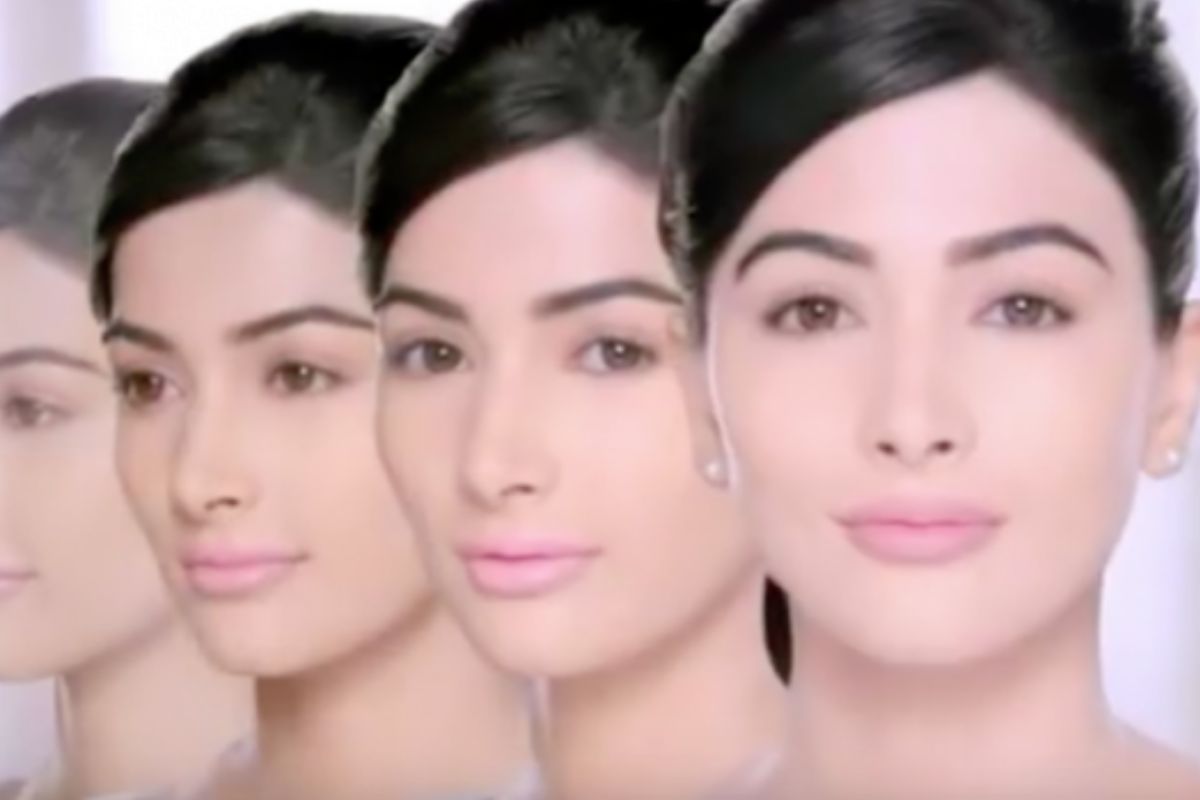
There have been many controversies about the role of advertising in contemporary society. Advertising not only promotes the consumption of commodities including the use of services, but it also leads to the development of social identity by consumers, often shaping both their present perceptions and what they ought to be. In both logical and emotional grounds, the influence of advertisements on creating social perceptions and consumer behavior is visible. As a response, advertising causes psychological consequences and is therefore in contrast with the moral and ethical values around which society should be centered. In advertising, stereotypical portrayal of women, which typically involves pictures of a housewife, businesswoman without a family, or only an ornament, can be seen regularly in all sorts of advertisements, such as TV and internet ads, billboards.
Women for most of history have been perceived as either stupid or just a sex object, dependent on men and are not involved in making a major decision in the family. Even though advertisements act intending to commercialize a product for the society to consume, their effort in appealing to the women section by bushing up the stereotypes has encountered criticism. There is a recurrent trend of ingrained sexism and gender roles among the multiple commercials that come up on YouTube or TV.
If you observe the progression of advertisement related to women, you’ll begin to notice a gradual pattern in the ads, a statement about what it means to be a woman in the culture. Women began to earn for themselves in the late 20th century. Before that, most women did not work outside and were majorly housewives. Those who did were usually young and unmarried. The jobs which were made available for them were primarily of secretaries. If anyone passed the societies perception of beauty, they were encouraged to enter beauty pageants and modelling. Those were the only ways where a woman could earn money in those days because it was seductive. They were displaced for the dreary male gazes, who were draining under the weight of rising economy. For their selling points, social media tends to mainly concentrate on gender norms. A good commercial that generates a lot of “buzz” will gain a place in the history of the media.
Over the past few decades, the role of women in India has been subject to several significant changes. The history of women in India has been eventful, ranging from equal standing with men in ancient times through the low points of the medieval era to the promotion of equal rights by many reformers. Women have decorated high offices in India in modern India, including that of the President/Prime Minister, the Speaker of Lok Sabha.
Deepa Dhanraj, an activist and documentary filmmaker living in Bangalore, wrote in a paper for an international seminar in 1990, “In Indian advertising, women are used as models in sexist ads for diverse products from tyres to ceiling fans. Apart from this, a stereotyped notion of gender roles is explicit in the casting for ads. Primary roles for men as demonstrators, experts are used and their physical presence is made strongly felt as the authoritarian ‘Voice of God’ in commentaries. Women, by contrast, are cast either in auxiliary roles or as feather-headed clients who have to be convinced at length to purchase X product, in pseudo-scientific terminology. These images bear no relationship whatsoever to the reality of Indian women or their on-going struggles to achieve economic and political autonomy.”
Advertising is a means of transmitting information to the customer that allows the consumer to compare the goods and services offered on the market and choose from them. It is not reassuring to notice that even when using the successful image of a woman, a man remains the coveted catch. The advertisements seem to suggest, it’s okay to go outside and take over the world, as long as at the end of a regular office day, one cedes to a guy.
Whether it’s an ad for washing powder or corn flakes or even deodorant for men, there is a skewed perception of women. The ads for beauty products like Fair and Lovely reinforces this idea that a woman needs to be fair to be desirable. The MTR ad for breakfast mix showcased the notion that a woman has to be proficient in multitasking and take care of the household and fulfil the needs of all members. A woman with six hands is seen as a direct comparison with a goddess, making breakfast for everyone without help from any of the member. Advertisements like this glorify women’s unpaid household work, projecting that it is her sole responsibility to take care of everyone in the family without breaking any sweat and does everything out of love. Women as a desirable ‘object’ is emphasized with ads like Axe, Amul Macho, and Imperial Blue. Women are seen juggling work, both outside and inside a home, while the husband gets to rest after a long day at work. Though there has been a significant change with ads like Ariel’s #sharetheload, still there is a long way to go.
Writer-Anindita Mazumder
For such interesting articles keep following The Readers Time
Mail us at [email protected] for further queries.






